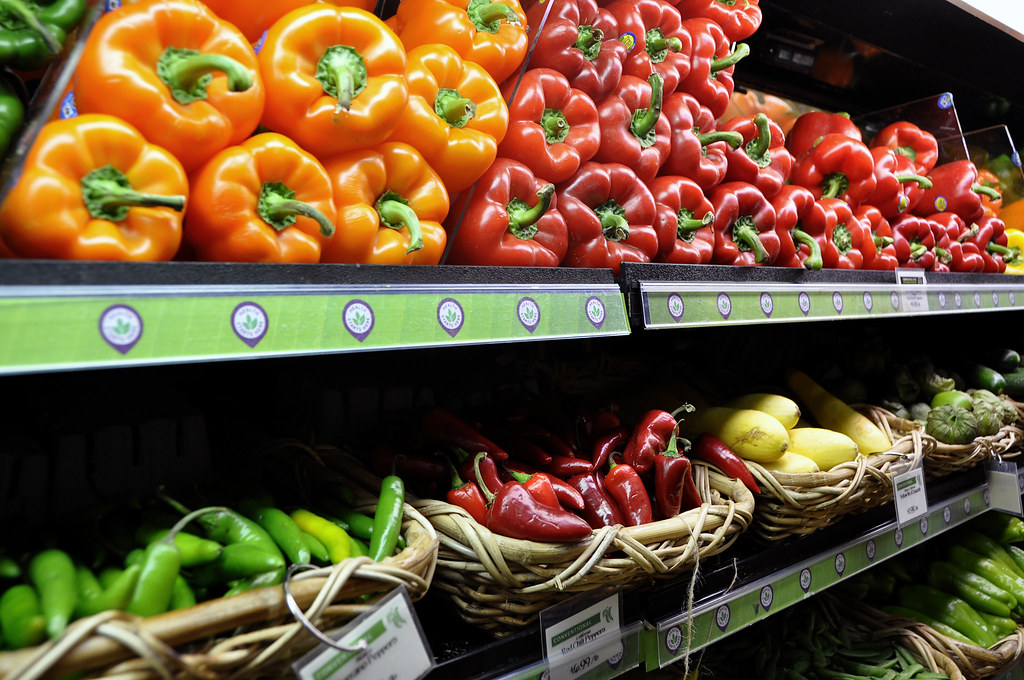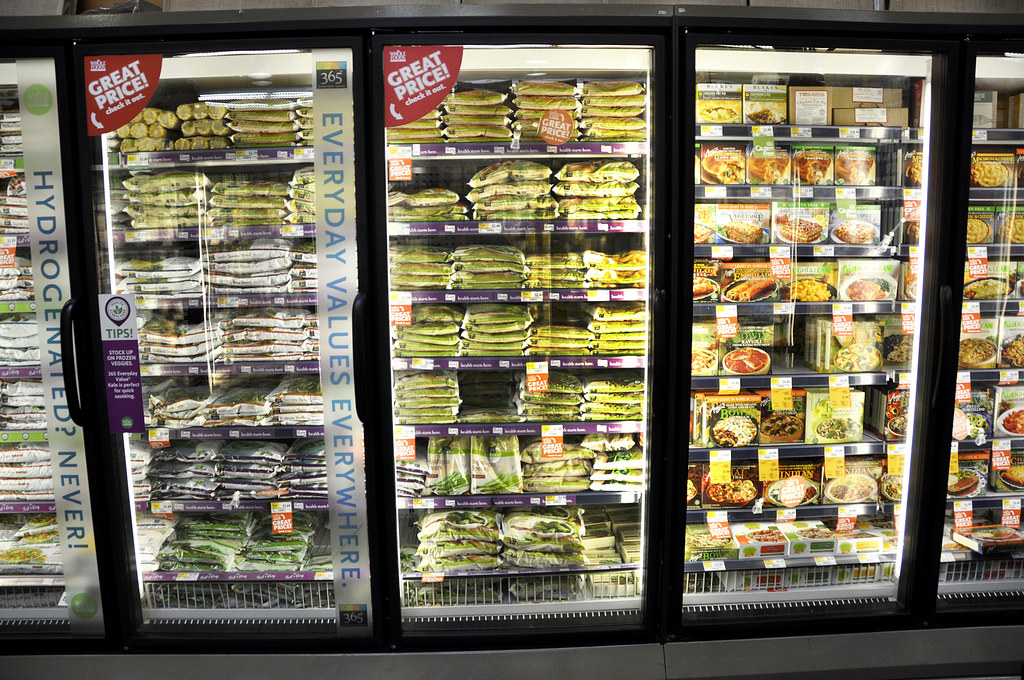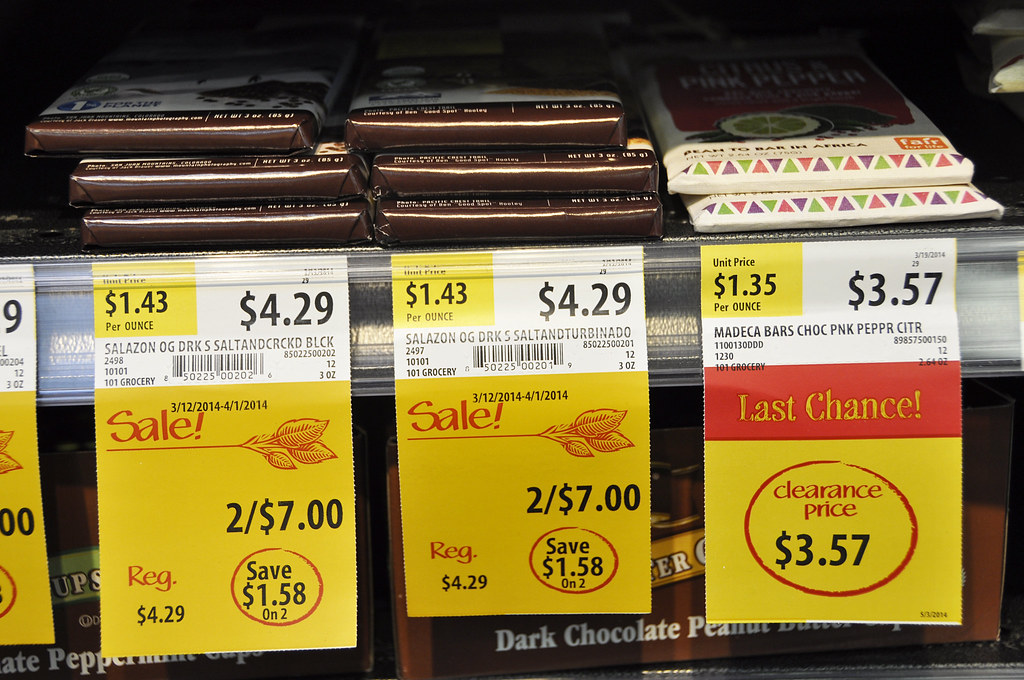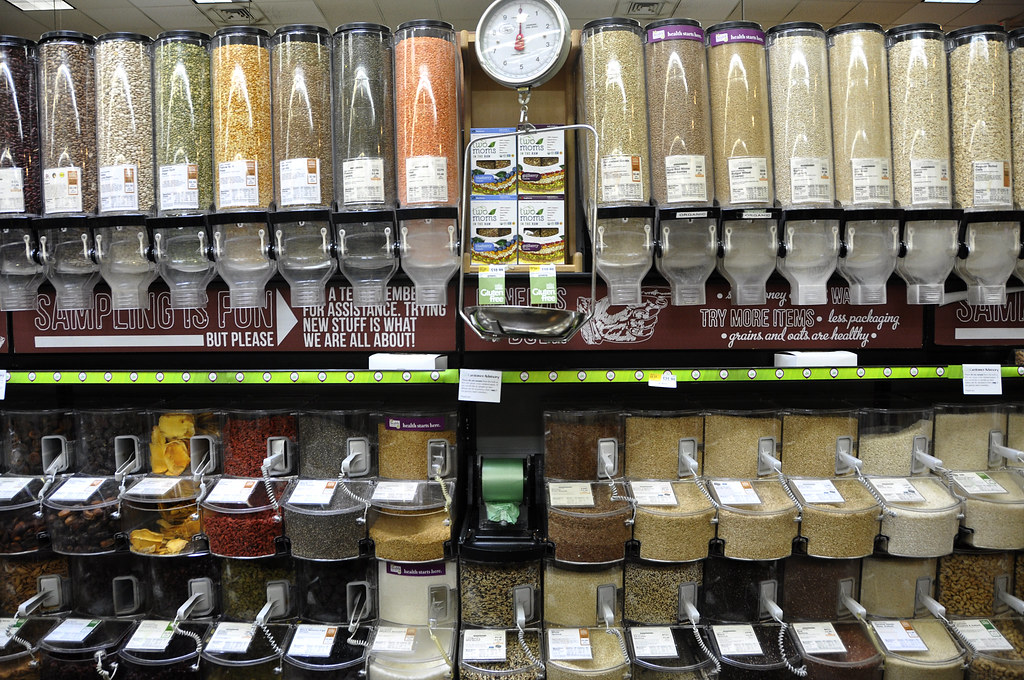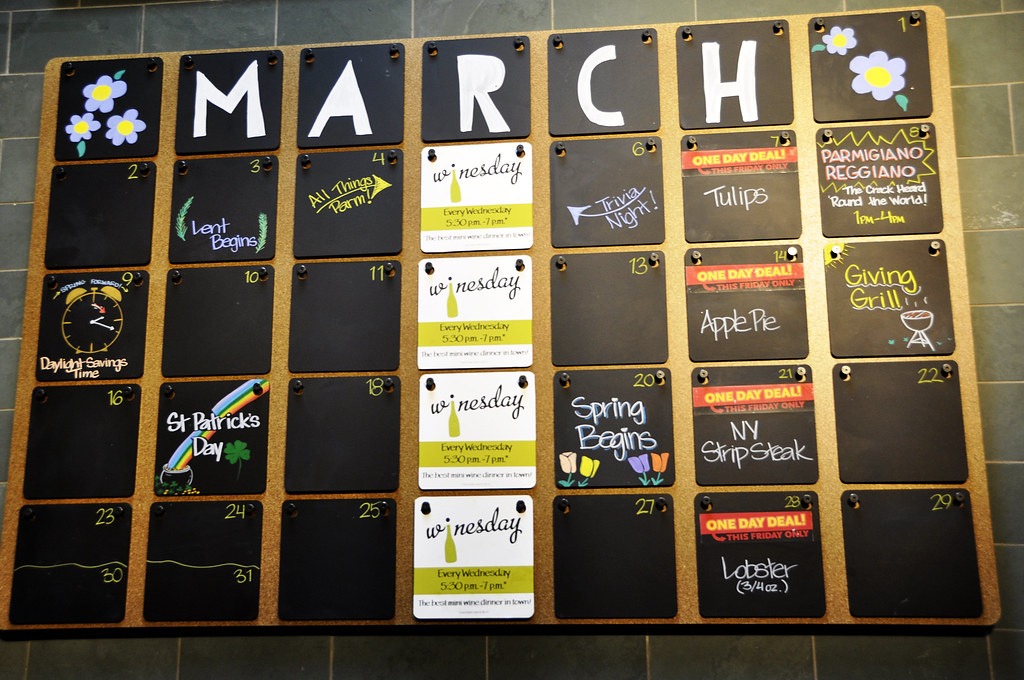Spending Smart At Whole Foods
1. Shop the perimeter. That's where all the produce, meat, and refrigerated goods live. Whole Foods really gets you in those middle aisles, where you decide to pick up that raw, goji berry-cocoa nib meal bar (aka granola bar) that you never knew you needed and that will set you back $4. Pick up a few of these impulse buys, and you've easily spent an extra $20. So if you need to go into these aisles to get some cereal or nuts from the bulk section, put on your blinders and ignore the siren song of marketing calling to you from all the other overpriced packaged foods.
2. Be discriminating about when you buy organic. Yes, Whole Foods is known for their organic food, but they also sell lots of conventional stuff, including produce, which could save you a few dollars per item. If buying organic is important to you but you're also on a budget, consider only buying organic when you need something from the Dirty Dozen, which is a list put out buy the Environmental Working Group of the fruits and veggies with the highest average pesticide residues (alternatively, feel free to buy conventional from the Clean Fifteen).
3. Consider buying more frozen fruits and veggies. They are cheaper than fresh, and, especially in the off-season, they tend to be more nutritious than their fresh counterparts, which have to be shipped sometimes thousands of miles, because they are picked and frozen at their peak of ripeness.
4. Look for Whole Foods brand products. In my experience, their store brand is very high quality despite being cheaper than the brand name competitors. In fact, Whole Foods brand Greek yogurt is my all-around favorite Greek yogurt.
5. Hunt for sales. Let me tell you, those little yellow sale signs get my attention right away (which is probably the point, so make sure you are still only buying things you need!). For example, there is almost always some brand of chocolate on sale, so buying whatever is on sale is a great way to save a few bucks if you need to get your chocolate fix.
6. Shop in the bulk section when possible. The ability to pick your own portion is especially useful if you just need, say, a quarter cup of dried fruit for a recipe. But it's also great for economically stocking up on staples like rice, beans or nuts.
7. Last but not least, take advantage of all the special things Whole Foods has to offer. Eat all the fancy samples you can find. Nicely ask an employee for help finding something, and they just might stick a little "It's on us!" sticker on it that will get you the item for free (seriously, it has happened). Of course the salad bar and hot bar showily tempt you with their expensive by-the-pound goodies, but if you go over to the lesser-known deli counter, you can get a value meal with your choice of entree and two sides (and in my experience they are not stingy on the portions) for $6/8/10, depending on if you get veggies, poultry, red meat or fish for your main. Check out the store's calendar for their special events like sales or workshops, or go to one of their weekly events like Winesday, where you can get lots of food and wine, a coupon for wine, and a cute Whole Foods wine glass for $5. And don't miss the little coupon book "The Whole Deal" at the end of the checkout counters. It is chock-full of recipes, tips for eating healthy on a budget and coupons, which are good for several months, so if there is one for something you buy regularly, you can grab a new one and use it every time you shop.
Hopefully, with these tips in mind, you can leave Whole Foods in the future with a full belly, lots of yummy food and a not-empty wallet. Happy shopping!
View the original post, Spending Smart at Whole Foods, on Spoon University.

